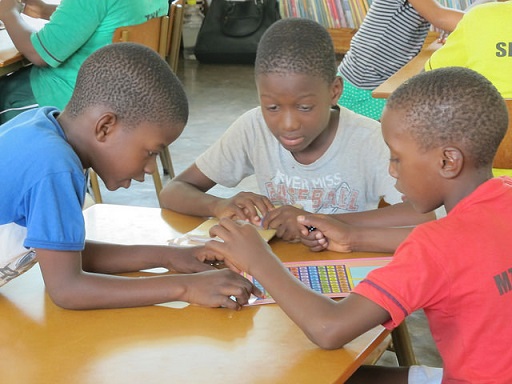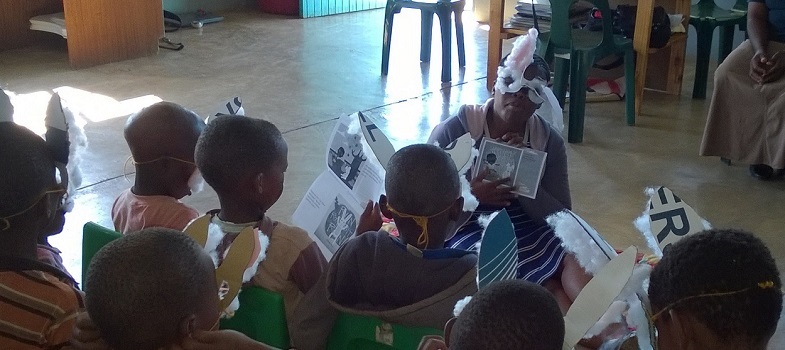Children’s everyday lives as a resource for reading

How can the everyday activities that children are already familiar with be incorporated into your teaching of early reading?
Activity 3.4: Everyday experiences
What everyday experiences can children already talk about before they come to school? How can these experiences be used to support early reading?
On your own, or with a colleague, think of at least three examples. Note your answers in your study notebook and compare them to the discussion below.
Discussion
Young children will already be able to talk about many aspects of their home lives, including friends, family, food, playing, animals, weather, toys, emotions and traditional tales.
Teachers can use these experiences to stimulate speaking and listening activities in the classroom that can support early reading. Choosing storybooks based on these familiar experiences, for example, makes connections between the words, letters and sounds found in books. It also helps children to appreciate that stories in books reflect their own lives – this can be very motivating.
Children can also be encouraged to retell the small stories of their lives, for example, telling the story of their journey to school or a trip to the market.
You can choose books and stories that you know will be meaningful to the children in your classes. Return to the ASb website [Tip: hold Ctrl and click a link to open it in a new tab. (Hide tip)] and select a story that you know your children will relate to. Find time in the week to read it to them and notice their reactions. Did they enjoy the story? Did you enjoy reading it and talking about it? Encourage them to learn the story and share it at home. Do they have family routines they could tell you about?
How did you select a storybook? You may have looked at the words first and thought about the story, or you may have chosen the storybook because the pictures were engaging and interesting. Next, you are going to learn more about the importance of pictures for early reading development.
Questioning in the classroom



